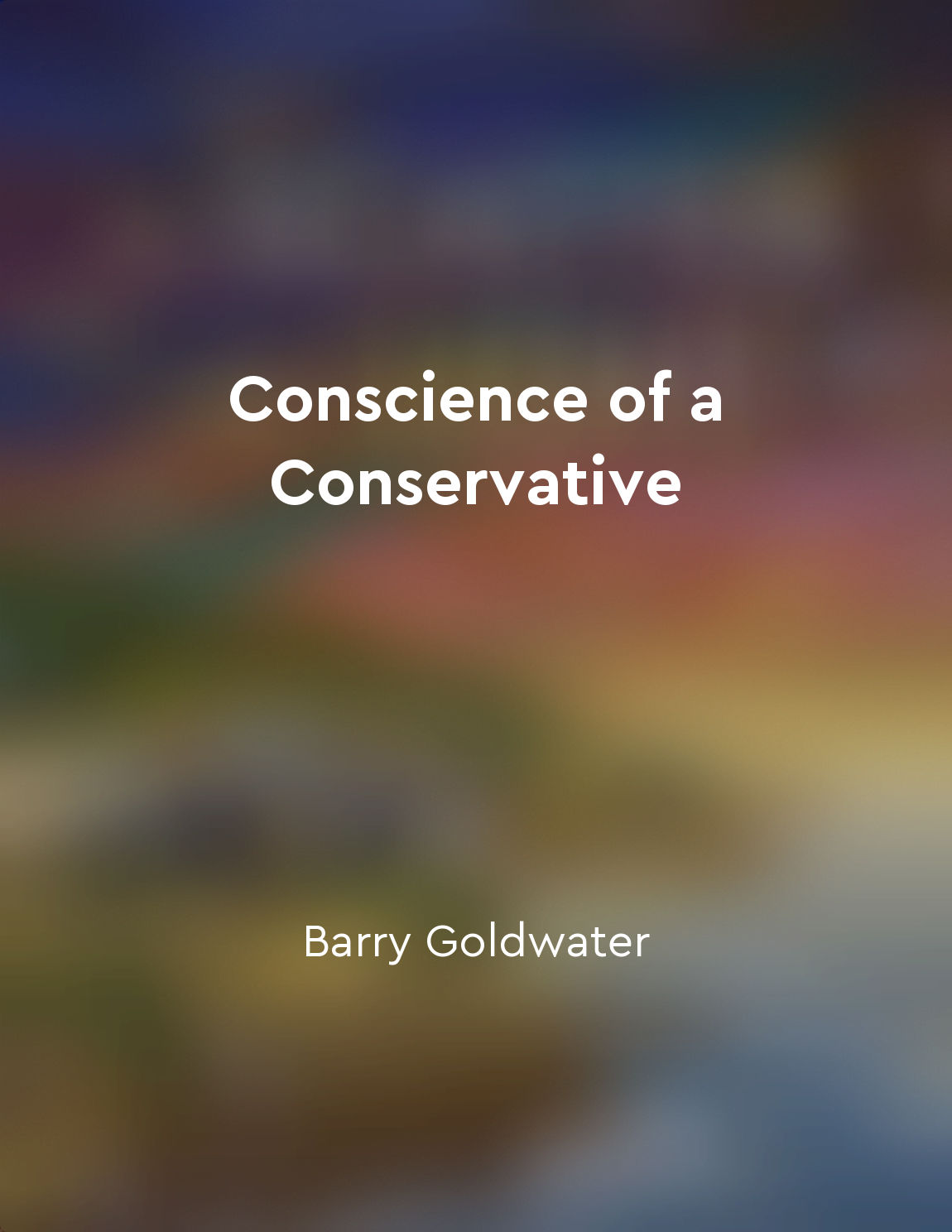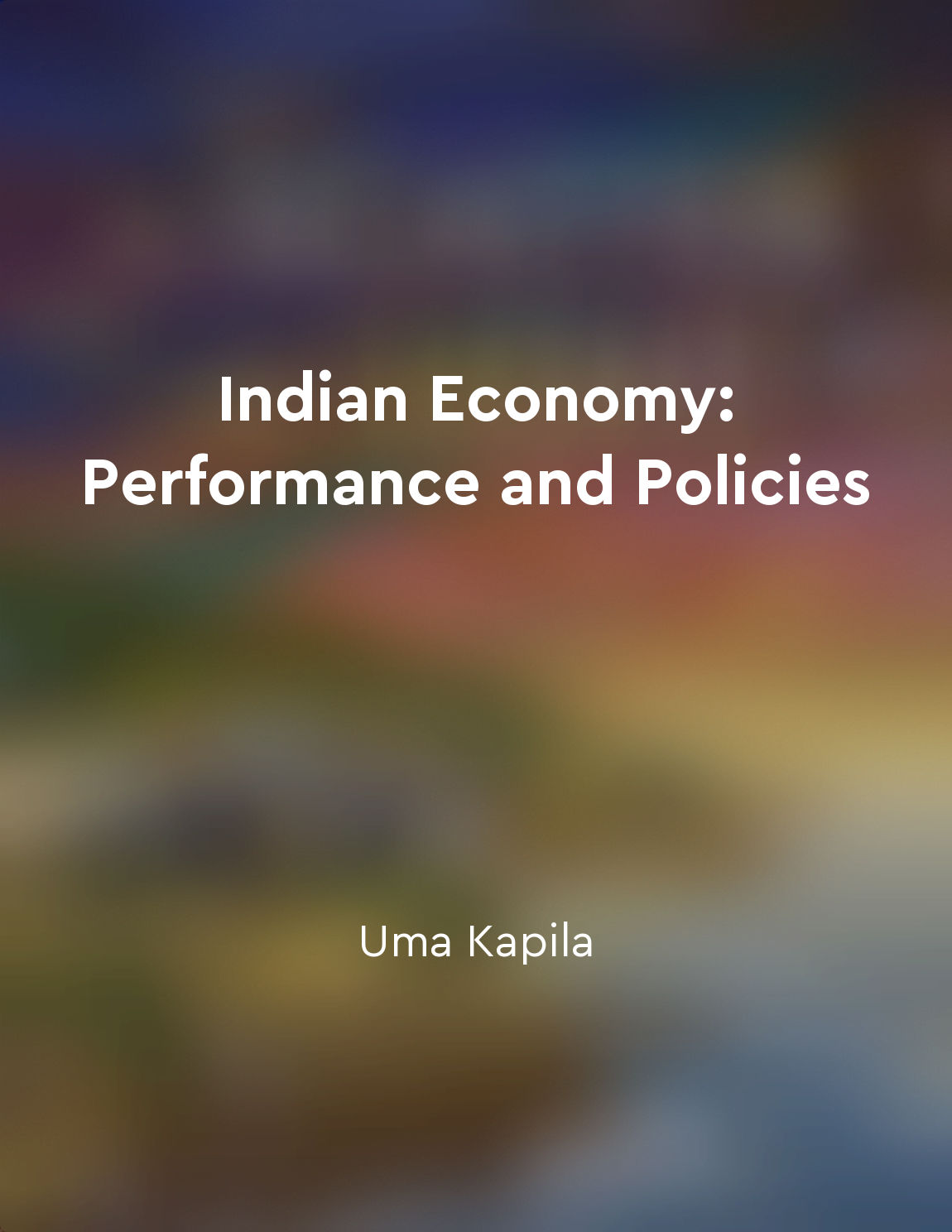Economic reforms postindependence significant from "summary" of Indian Economy: Performance and Policies by Uma Kapila
The economic reforms initiated in India after gaining independence from British colonial rule in 1947 were of significant importance. These reforms were aimed at transforming the agrarian economy into an industrialized one, promoting economic growth, reducing poverty, and achieving social justice. The government adopted a mixed economy model, combining elements of both capitalism and socialism, to achieve these objectives. The first phase of economic reforms in post-independence India focused on land reforms, industrial policy, and fiscal policy. Land reforms were aimed at abolishing intermediaries, redistributing land to the landless poor, and improving agricultural productivity. Industrial policy focused on promoting the development of key industries through state intervention, protection, and regulation. Fiscal policy aimed at mobilizing resources for development through taxation, public borrowing, and deficit financing. The second phase of economic reforms in the 1980s and 1990s focused on liberalization, privatization, and globalization. Liberalization involved reducing government control and intervention in the economy, deregulating industries, and promoting competition. Privatization involved transferring state-owned enterprises to the private sector to improve efficiency and productivity. Globalization involved integrating the Indian economy with the global economy through trade, investment, and technology transfer. These economic reforms had a significant impact on the Indian economy. They led to an increase in economic growth, industrialization, and urbanization. They also led to a reduction in poverty, improvement in living standards, and expansion of the middle class. However, these reforms also had some negative consequences, such as widening income inequality, environmental degradation, and social disparities.- The economic reforms initiated in post-independence India were significant in transforming the economy, promoting growth, reducing poverty, and achieving social justice. They laid the foundation for the economic development of the country and continue to shape its economic policies and performance to this day.
Similar Posts
Cultural exchanges foster understanding and cooperation
The Silk Roads have always been conduits for not just goods and wealth, but also for ideas, beliefs, and cultures. As people fr...

Freedom is essential for a thriving society
Freedom is the bedrock upon which a thriving society is built. It is the fundamental principle that allows individuals to pursu...

Continuous learning and adaptation are key in industrial policy
Industrial policy is a dynamic process that requires constant learning and adaptation to changing circumstances. It is not a on...
Corruption and greed
The British East India Company was a corporation with a singular focus: profit. Its primary concern was not the welfare of the ...
Current affairs must be linked to historical events for a comprehensive understanding
Understanding current affairs in isolation can only provide a superficial grasp of the events unfolding around us. To truly com...
The future of Indian business holds promise and challenges
The trajectory of Indian business over the centuries has been marked by a blend of optimism and obstacles. The promise of growt...
The Mughal Empire brought about a fusion of Indian and Islamic cultures
The Mughal Empire played a significant role in shaping the cultural landscape of India during its reign. This period witnessed ...

Emergence of Indian nationalism
The emergence of Indian nationalism was a significant development in the history of modern India. It marked a turning point in ...
End of the Company
The East India Company was supposed to be an instrument of British trade, a commercial operation that would bring wealth and pr...
Indian art and architecture showcase centuries of creativity
Throughout the vast expanse of Indian history, a rich tapestry of art and architecture has woven itself into the very fabric of...


